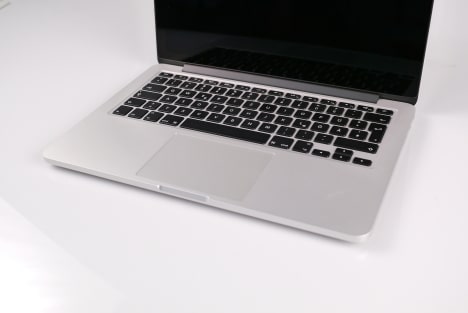2.8K
Windows 10 offers the possibility to clean up your hard disk. This not only frees up storage capacity, but also speeds up loading processes. We show you how to do it.
Clean up your hard disk under Windows 10
When you delete, copy or move files, residual data always remains. This also applies to everyday updates and downloads. In just a few steps, you can free yourself from the accumulated data junk:
- In File Explorer, right-click on the drive where you want to free up space. In the drop-down menu, select the lowest entry “Properties”. The “Clean up” button is next to the drive letter. Left-click to start the search for potentially superfluous data.
- The results are displayed in different categories that you can select or deselect. To do this, set or delete the tick next to the respective entry. The tool adds up the storage space to be released. Tip: If you also click on “Clean up system data”, additional categories will be included.
- Before you start the process, you should make sure that you no longer need any of the selected data. You can see a general description of the file type in the box below. If necessary, use “View Files” to look in the associated folders. “OK” or the Enter key will start the clean-up process.
